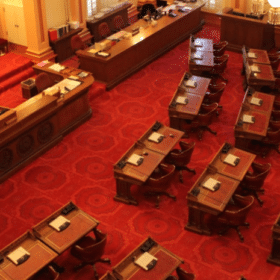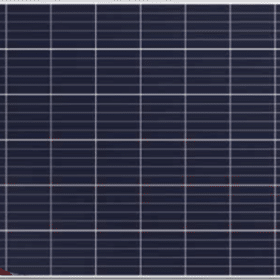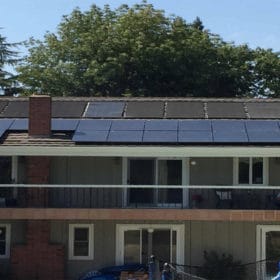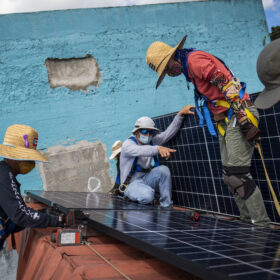Gov. Sandoval inks regulations for Nevada solar revival
Governor Brian Sandoval signed Senate Bill 145 and several other bills late last week that will help re-establish a thriving solar industry — and encourage other renewables efforts in the state — after two years of regulatory repression.
California pushes forward with storage support (Read the bill here)
The California Senate passed SB 700, which would increase availability of local, customer-sited energy storage for schools, farms, businesses and homes.
AEE, NECEC applaud Rhode Island grid modernization initiative
The two organizations are pushing for the role of utilities to be more of an impartial integrator and market enabler for third-party solutions, as the state plans the integration of more renewables.
BREAKING: Trump abandons Paris Agreement (Watch the announcement here – and we won’t make you wait an hour)
Though the decision may not affect solar in the short term, it sends a message that President Trump doesn’t think Climate Change is a threat – and the rest of the world will have to go it alone.
Seraphim Solar earns confidence of financing firms
In an atmosphere where U.S.-based solar module manufacturers are dropping like flies, it’s nice to see one ramping up production to meet ever-increasing demand for U.S.-made modules.
Study: Why do people pay vastly varied prices for the same solar? (Read the full report here)
A new Berkeley Lab study, Sources of Price Dispersion in U.S. Residential Solar Installations, looks closely at why consumers often pay vastly different prices for essentially the same solar installations.
Op-Ed: California Agencies Hold En Banc on Retail and Customer Electricity Choice
By the end of this year, as much as 25% of the retail load served by the investor-owned utilities (IOU) will obtain their electric generation service from an entity other than an IOU. California held a meeting to address the changing face of electricity generation.
SEIA, Vote Solar aim to unify state-level solar advocates
The two groups have produced a free paper, Principles for the Evolution of Net Energy Metering and Rate Design, that they hope will provide a set of principles that can guide strategies for the fights ahead in the states.
Congressmen trumpet support for Suniva’s trade petition (Read the full letter here)
In a move that surprises no one, the Congressmen representing the two districts in which Suniva manufactured its modules have filed letters with the U.S. International Trade Commission supporting the bankrupt manufacturer’s efforts to earn protection from its Asian competitors.
Study: New York’s residential installations drop 25% in the first quarter (with charts)
Disappearing incentives, high early-adopter penetration and slower acquisitions by national companies are the primary factors in the rapid decline.















